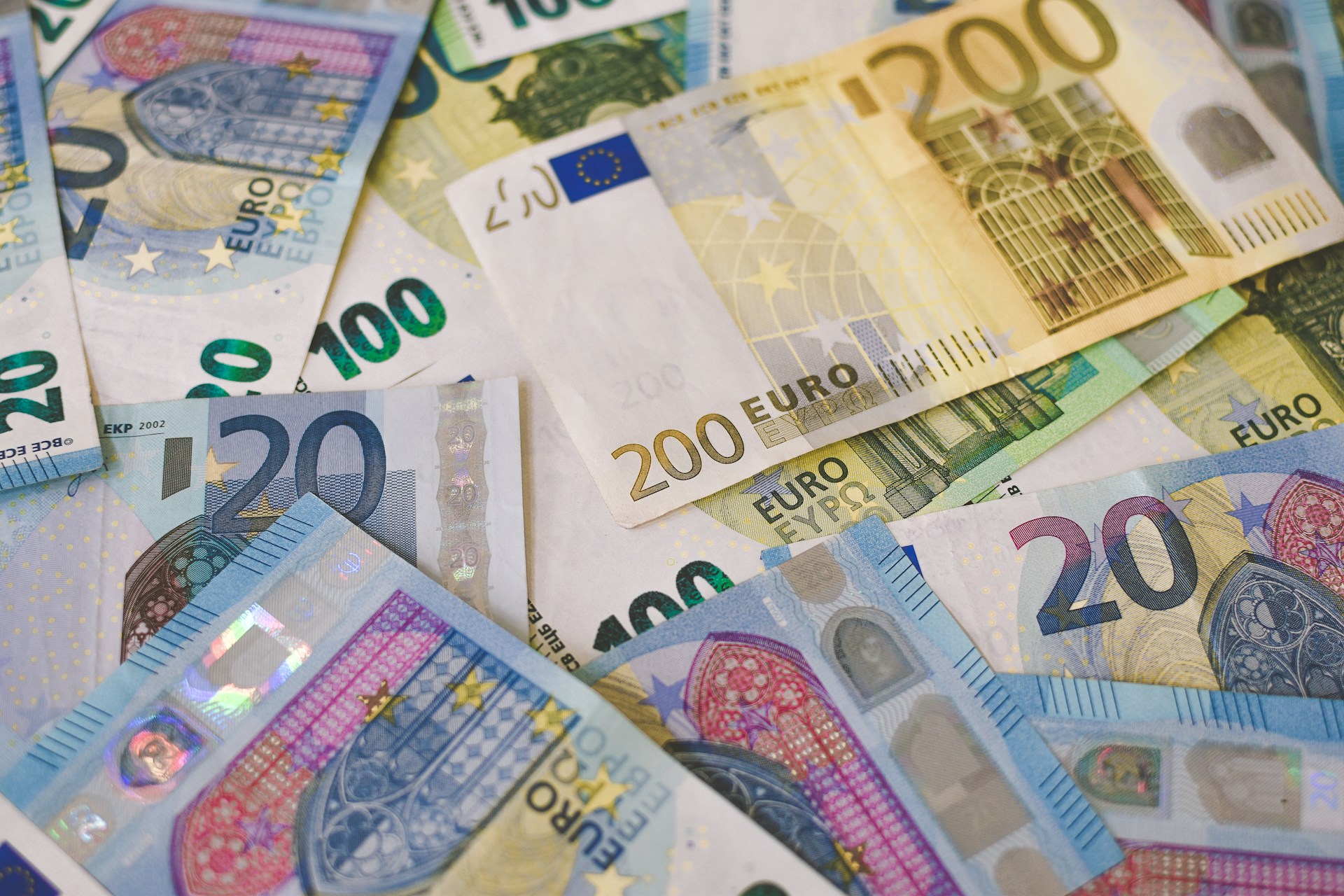Dive into Calculating Cross-Currency Exchange Rates

Dive into Calculating Cross-Currency Exchange Rates
Currency exchange rates are the cornerstone of global finance, enabling the smooth flow of capital across borders and supporting the interconnectivity of economies. At its core, an exchange rate is simply a ratio that determines how much one currency can be traded for another. This rate fluctuates constantly due to a myriad of factors, and it plays a crucial role not only in trade and investment but also in everyday transactions for businesses and travelers alike.

Dive into Calculating Cross-Currency Exchange Rates
Factors Influencing Exchange Rates
The value of currencies and their exchange rates are influenced by a variety of economic, political, and market factors:Economic indicators, such as GDP growth rates, inflation, employment levels, and interest rate differences, can have profound effects on currency strength.
Political stability plays a significant role as well; stable governments are likely to have stronger currencies.
Market sentiment, driven by traders’ perceptions, can cause rapid changes in currency value.
Central bank policies often involve manipulating interest rates or directly intervening in foreign exchange markets to control currency values.
Global events, including geopolitical conflicts or natural disasters, can trigger unpredictable swings.
Understanding these dynamics is vital for anyone engaging in activities that require currency conversion.
The Mechanics of Cross-Currency Calculation
Calculating cross-currency exchange rates involves finding the value of one currency against another through an intermediary currency, usually the US dollar (USD). Here’s how it works:- The base currency is the first currency quoted in a pair (e.g., EUR in EUR/USD), representing one unit of that currency.
- The quote currency is the second (e.g., USD in EUR/USD), showing how much of it is needed to equate to one unit of the base currency.
When dealing with non-US dollar cross pairs (e.g., calculating EUR/GBP), you use two USD pairs as intermediaries:
1. Determine how much USD you get for one unit of your base currency (EUR/USD).
2. Determine how many units of the quote currency you receive for one USD (USD/GBP).
Finally, multiply these two rates together to find the cross-currency rate (EUR/GBP).
Tools and Techniques for Accurate Conversion
Several tools and techniques are available for calculating accurate cross-currency exchange rates:- Currency converters found online can quickly convert amounts using current market rates.
- Financial platforms provide real-time data feeds with precise market rates that take into account bid/ask spreads.
- For long-term analysis or large transactions, purchasing power parity considers cost-of-living differences between countries to determine an equitable exchange rate.
These resources are invaluable for ensuring conversions reflect true market values.
Understanding how to calculate cross-currency exchange rates is more than just academic knowledge; it’s a practical necessity in our interconnected economy. Whether you’re a business managing international transactions, a traveler planning expenses abroad, or an investor looking to diversify globally—grasping these concepts ensures efficiency and financial savvy on a worldwide scale. By considering economic indicators, geopolitical conditions, and using appropriate tools for conversion, one can skillfully navigate the complex world of foreign currencies.
Currency exchange rates, Foreign exchange, Exchange rate calculation, Global finance, International transactions
Currency exchange rates, Foreign exchange, Exchange rate calculation, Global finance, International transactions









Report
My comments